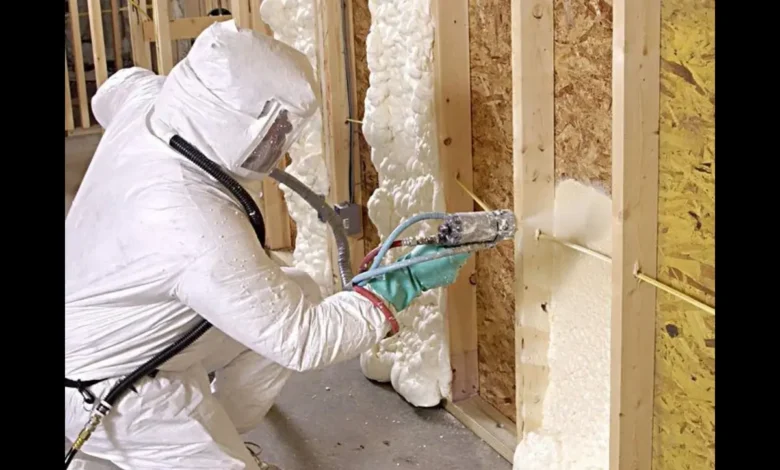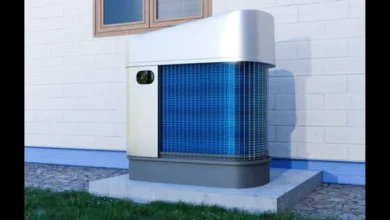Open Cell and Closed Cell Spray Foam Insulation Benefits

Spray foam insulation is becoming popular for both home and business use because it properly seals cracks and crevices, makes buildings more energy efficient, and makes the indoor air quality better.
There are two main types of this insulation: open cell and closed cell. Each has its own benefits and properties that make it better for different situations.
Understanding Spray Foam Insulation
Spray foam is applied as a liquid that hardens into a thick, insulating foam. This foam forms a barrier around the surface it’s put on.
Because it’s very thick, it fills in even the smallest gaps, which makes it a great choice for full insulation coverage.
But the choice between open cell and closed cell spray foam can be very different depending on the insulation needs and installation conditions.
Closed Cell vs. Open Cell Spray Foam Insulation
Closed Cell Spray Foam Insulation:
This spray foam is dense and rigid, so it blocks drafts and heat transfer better than other materials. The higher R-value, which shows how thermally resistant a material is, makes it very good at keeping a building’s temperature stable.
The compact nature of closed cell foam also contributes to the structural strength of the building, supporting its integrity.
1. Water Resistance: It’s impermeable to water – ideal for moisture and flooding exposure areas.
2. Thermal Efficiency: Has noteworthy thermal properties – minimizes air leaks and prevents heat loss.
3. Rigid Density: Composition is dense – adds a layer of structural reinforcement to the building.
Open Cell Spray Foam Insulation:
Open cell spray foam is better for jobs that need to insulate against noise and cover hard-to-reach places because it’s lighter and more flexible.
It’s not as good at insulating against heat because it has a lower density, but it’s perfect for uses that need a lot of coverage and flexibility.
1. Sound Insulation: Reduces noise quite well – needed for residential and office buildings.
2. Flexibility: It’s easier to install in irregular spaces and around obstructions.
3. Improved Air Quality: Seals off air leaks – reduces infiltration of outdoor allergens and pollutants.
Choosing the Right Spray Foam Insulation
The right type of spray foam insulation for your needs can avoid pushing you into troubles of too much or too little insulation:
➔ For Higher Insulation Needs: Closed cell foam’s higher R-value makes it suitable for exterior walls and areas requiring robust insulation.
➔ For Interior Applications: Open cell foam, with its sound dampening properties and flexibility is best for interior partitions and hard-to-reach areas.
Each type of foam has its installation challenges. Closed cell foam’s rigidity can make it difficult to apply in tight spaces. Open cell foam, while easier to install, may not give you the same level of thermal resistance.
Installation Considerations
Spray foam insulation must be put in by a professional. Here’s what to expect:
1. Initial Assessment: A professional looks at the property in great detail to figure out what kind of insulation will work best for the space.
2. Risk Assessment: Safety rules are set up to make sure the installation area is safe.
3. Application: Using special tools, the foam is spread evenly and thoroughly.
4. Quality Checks: Post-application checks make sure the insulation is even and full.
5. Ongoing Support: Professional installers give ongoing support and advice to make sure the insulation keeps working.
Get Professionals To Install It For You
Talking to an experienced installer like Isothane about spray foam insulation can help you pick the right product for your project and get the best insulation results.
Spray foam insulation can be a good way to make any home more comfortable and energy efficient provided it’s installed correctly and with the help of a professional.
For more information, visit:







